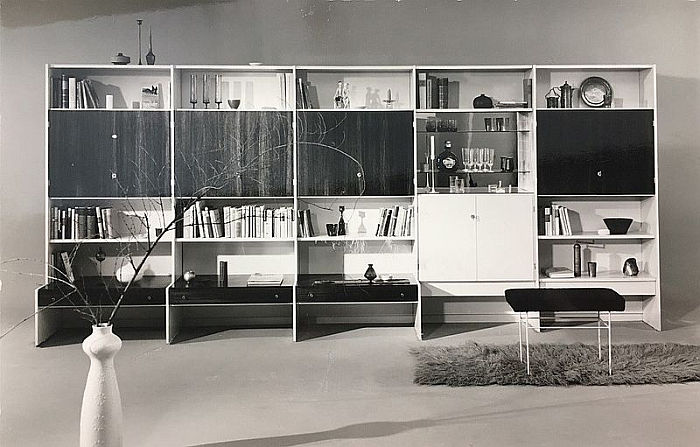According to our old friend Roget possible synonyms for "August" include great, noble, impressive or worshipful.
We can't promise the following quintet of exhibitions will exactly meet such qualities; however, they promise to be anything but frivolous, undignified or flighty explorations of their subject, and therefore certainly should be tending to the August in August 2019.......
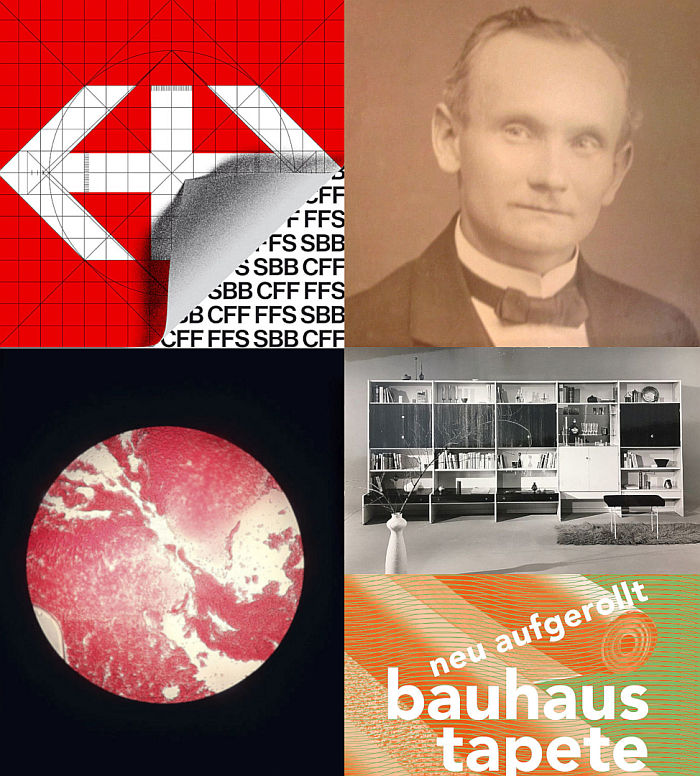
Although Bauhaus, certainly in its Dessau incarnation, sought a close partnership between education and industry, it didn't strike that many meaningful and/or profitable partnerships: among the few, and most profitable, was the wallpaper collections realised with and for Bramsche based Hannoverschen Tapetenfabrik Gebr. Rasch & Co. If a cooperation that did severely test 2nd Bauhaus director Hannes Meyer's "Volksbedarf statt Luxusbedarf" - Everyday Needs not Luxury - credo. Wallpaper being then very much the latter.
Promising an exploration of the history and development of the Bauhaus wallpaper collection in context of not only the various actors involved in its design, production, marketing and distribution, but also Bauhaus wallpaper's wider relevance to both the school(s) and inter-War society, New rollout aims to not only explain and introduce Bauhaus wallpaper, but also approach an understanding of it, and by extrapolation, Bauhaus's contemporary relevance. And that pleasingly in the region where the wallpaper was, well, at home, thereby allowing the possibility of wider, more differentiated, reflections on the reality of Bauhaus's influence and reception during its brief existence.
If we do have a bit of a bellyache about the promised inclusion of Rasch's 2019 "Bauhaus" collections in the exhibition, and the prominence, which appears, to be given to contemporary product lines: indeed "New rollout", "Neu aufgerollt", sounds a lot more like a product launch than exhibition. Surely one can discuss the history and context of a product as interesting as Bauhaus wallpaper without making contemporary re-editons a focus. The contemporary influence of inter-War products is one thing, and that should definitely be discussed: new products by Rasch another. However we trust not only that the curators have the necessary professional, academic, distance to prevent the exhibition becoming a cheap sales pitch, had we not New rollout wouldn't feature in this list, but also trust that visitors will have the gumption to understand what is Bauhaus wallpaper and what isn't.
"New rollout. bauhaus wallpaper" opens at the Kulturgeschichtlichen Museum, Museumsquartier Osnabrück, Lotter Straße 2, 49078 Osnabrück on Saturday August 17th and runs until Sunday December 8th.
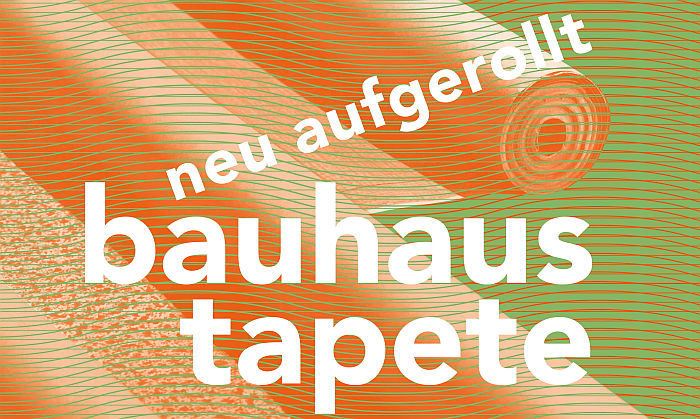
The opening in June 1844 of the Strasbourg – Basel line brought the age of the train to Switzerland. In 1847 the linking of Zürich and Baden saw the (future) Confoederatio's first domestic train service; and since then the Swiss rail network has not only grown into one of the most widely used, technically challenging, scenic and intricately monickered in the world - SBB CFF FFS being an initialism based on the German, French and Italian for "Swiss State Railway" - but also an institution inextricably linked with, an institution which almost stands a synonym for, Switzerland.
With the exhibition SBB CFF FFS the Museum für Gestaltung Zürich promise not only the first in-depth exploration of the architecture, industrial design and visual communication of the SBB (CFF FFS), but also of both the SBB as an important component in the development of architecture and design in Switzerland, and beyond, and the place of the SBB in contemporary Swiss culture and society as understood in Switzerland, and beyond.
In addition the exhibition will attempt to look forward into the future of the SBB CFF FFS; something we rarely do in Swiss trains, travelling backwards into the future as we invariably are.....
SBB CFF FFS opens at the Museum für Gestaltung, Ausstellungsstrasse 60, 8005 Zürich on Saturday August 3rd and runs until Sunday January 5th
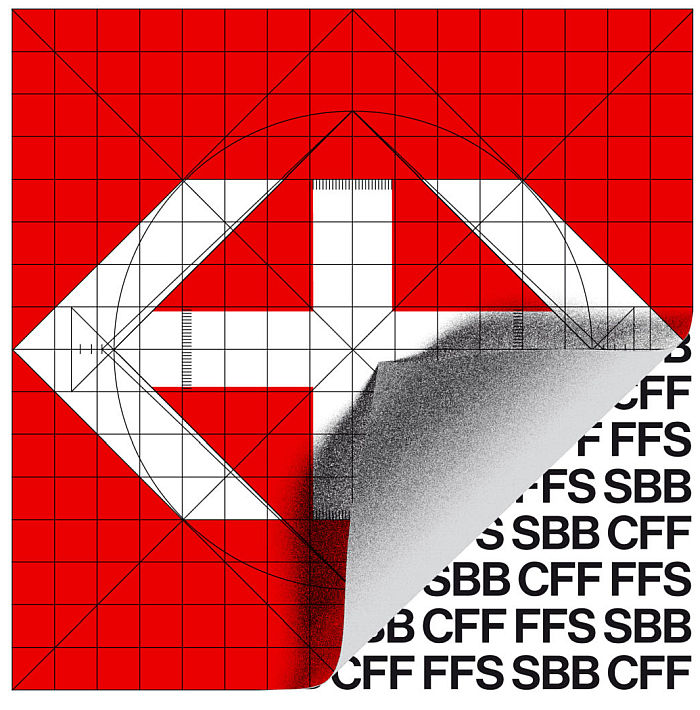
Glassblowing is about more than the creation of decorative or artistic objects, or certainly was; back in the day glassblowing, glass forming, played an important role in the development of the, then, fledgling industrial society, and with their new exhibition Museum Baruther Glashütte explore the work of one of the Glasshütte's most famous sons, and one the most important protagonists of early 20th century industrial and scientific glassblowing.
Born in Baruth on January 12th 1866 Reinhold Burger trained as a glass technician in Berlin before in 1890 travelling to America. Returning in 1894 he established his own company in Berlin, and from where he not only developed, alongside Wilhelm Conrad Röntgen, the first X-ray tubes, using a principle still, essentially, used today, but in 1903 took Sir James Dewar's laboratory vacuum flask concept and developed it into the domestic Thermos flask. Thus ensuring the workers of the early 20th century, and early 21st century, had/have hot soup and coffee to get them through the day. And not stopping at keeping coffee and soup warm, Burger, in cooperation with Carl von Linde, also developed flasks to transport and store gases cooled to fluidity and thus actively contributed to not only the spread of industrial cooling and refrigeration, but the ready availability and supply of industrial and medicinal gases, with all the advances that has brought us.
Based around an alphabet of 26 themes Pioneers of progress promises to explore not only Reinhold Burger's life and work but also his and his contemporaries legacies, and thus sounds as if it should allow for a fulsome introduction to not only a very interesting contributor to the developments of the early 20th century, but also the (popularly undervalued) role and importance of the glassblowers craft in the rise of our industrial society, development of scientific understandings and improvement in healthcare provision.
Reinhold Burger and his glassblower colleagues. Pioneers of progress opens at the Museum Baruther Glashütte, Hüttenweg 20, 15837 Baruth Glashütte on Sunday August 11th and runs until Monday November 11th
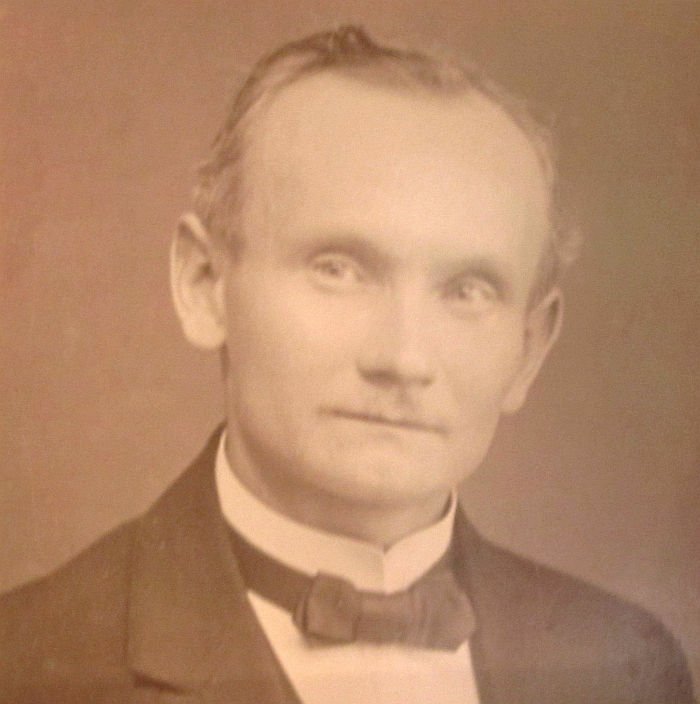
In this 50th anniversary of the first moon landing thoughts, somewhat naturally, turn to one of the dreams that helped motivate such exploration: colonising space. And turn all the more readily given the current state of our Earth.
But then again is the current state of our Earth not a caution against us colonising anywhere else? Or at least until as species we've learned a little more responsibility, to treat where we live with respect?
Technically a preview of an exhibition that will be staged in Stockholm in February 2020, Age of…? will present work in process by 8 international design studios reflecting on future life on Mars as a conduit for reflections for future life on Earth....older readers will be well ahead of us here, and recall Professor Georg Vrachliotis's considered opinion that "Fritz Haller went to space to be able to think better about earth." Age of…? in many respects sends designers to Mars to better enable them to think about earth.
In addition to proving some clues as to what the 8 studios will present in February, and just what an age we should be preparing for, Age of…? should also provide for a succinct exploration of the design process, for all in context of more conceptual orientated studios, and thereby, should, (also) help visitors approach a better comprehension of contemporary design and its relationships to science, engineering, art and architecture.
Age of…? – a process exhibition opens at Form/Design Center Lilla Torg 9 203 14 Malmö on Tuesday August 27th and runs until Sunday October 6th
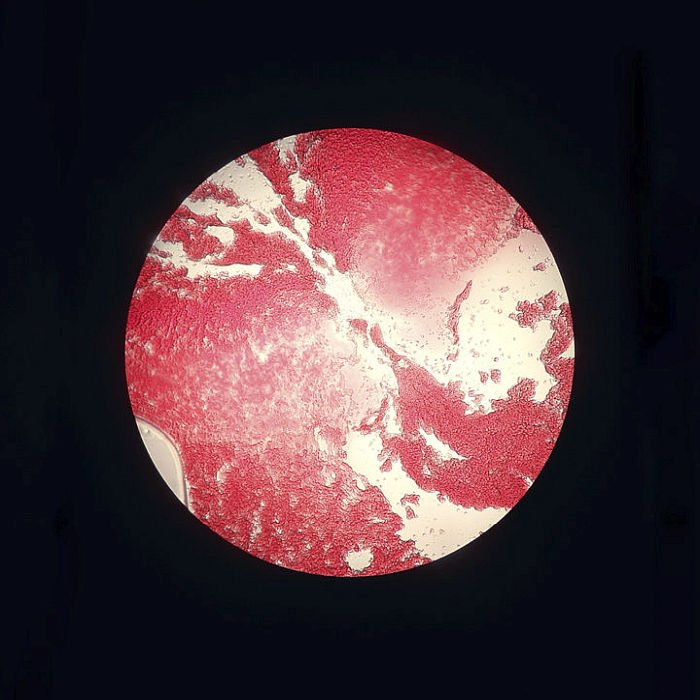
As we've oft noted in these dispatches with his 1967 Montagemöbel Deutsche Werkstätten, MDW, modular storage system for VEB Deutsche Werkstätten Hellerau Rudolf Horn not only developed one of the best selling furniture objects in East Germany, a furniture system which deeply, deeply, offended the sensibilities of the late 1960s DDR leadership, but which was wholeheartedly embraced by the population, a system which outlived the DDR, but for all a system which underscores a central facet of Horn's understanding of design: flexibility, variability, customisability, something he transferred to architecture with his 1970s Variables Wohnen concept, and something he once described to us as being based on a belief that, "consumers must be able to decide. No-one should tell them what they need and what to buy!" Which yes does sound like a challenge to an autocratic dictatorship. In the form of a flat-pack modular shelving and storage system.
With the exhibition Wohnen als offenes System - Living as an open system - the Kunstgewerbemuseum Dresden aim not only the explore Rudolf Horn's positions to and understanding of a user-centred design approach, and thereby the contemporary relevance and importance of such positions and understandings, but also allow space for reflection on the MDW programme as an open and versatile furniture system in a closed and intransigent political system.
Rudolf Horn - Wohnen als offenes System opens at the Kunstgewerbemuseum, Schloss Pillnitz, August-Böckstiegel-Straße 2, 01326 Dresden on Saturday August 24th and runs until Sunday November 11th
